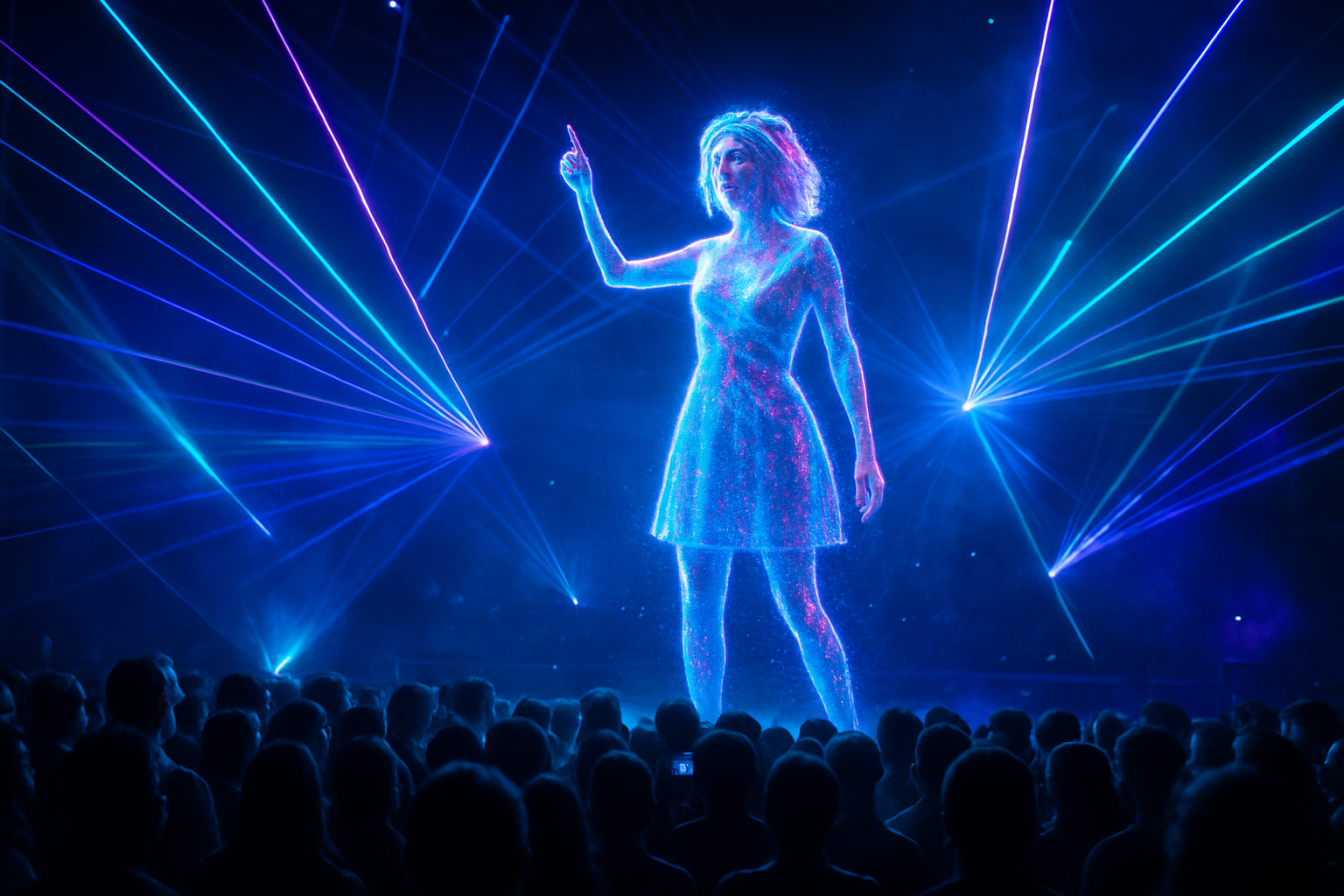Holographic Concerts: The Future of Live Music
In an era where technology continues to reshape our entertainment landscape, holographic concerts have emerged as a groundbreaking phenomenon. This cutting-edge fusion of music and advanced visual technology is revolutionizing the live performance experience, offering audiences a chance to witness virtual performances by their favorite artists—both living and deceased. As holographic concerts gain traction worldwide, they're sparking debates about authenticity, artistry, and the future of the music industry.

Technological Marvels Behind the Magic
At the heart of holographic concerts lies a complex interplay of cutting-edge technologies. High-definition video projectors, motion capture systems, and specialized screens work in tandem to create the illusion of a three-dimensional performer on stage. Advanced audio systems synchronize perfectly with the visuals, creating a seamless and immersive experience for the audience. Recent advancements in AI and machine learning have further enhanced the realism of these virtual performances, allowing for more nuanced movements and interactions.
Resurrection of Legends and New Possibilities
One of the most captivating aspects of holographic concerts is their ability to bring deceased artists back to the stage. From Whitney Houston to Roy Orbison, holographic technology has enabled fans to experience the magic of legendary performers long after their passing. These posthumous performances have not only satiated nostalgic desires but have also introduced iconic artists to new generations of music lovers. For living artists, holographic technology offers the opportunity to perform in multiple venues simultaneously or to create elaborate, physically impossible stage productions.
The Ethical Debate
As holographic concerts gain popularity, they’ve sparked intense debates within the music industry and among fans. Critics argue that these virtual performances lack the spontaneity and emotional connection of live shows, potentially diminishing the art of live music. There are also ethical concerns surrounding the use of deceased artists’ likenesses, raising questions about consent and the exploitation of their legacy. Supporters, however, view holographic concerts as a natural evolution of live entertainment, offering new creative possibilities and increased accessibility to performances.
Impact on the Music Industry
The rise of holographic concerts is reshaping various aspects of the music industry. For promoters and venue owners, these virtual performances offer new revenue streams and the ability to host events with reduced logistical challenges. Artists and their estates are exploring new ways to monetize their image and catalog long after traditional touring becomes unfeasible. The technology is also influencing how new artists approach their craft, with some designing their performances with holographic capabilities in mind from the outset.
The Future of Holographic Entertainment
As technology continues to advance, the potential applications for holographic performances extend far beyond music concerts. The film industry is exploring ways to incorporate holographic elements into theatrical releases, while the world of theater contemplates holographic actors in stage productions. Educational institutions are considering the use of historical figure holograms for immersive learning experiences. The boundaries between virtual and physical entertainment are blurring, promising a future where holographic technology plays an integral role in how we experience art and culture.
In conclusion, holographic concerts represent a fascinating convergence of art, technology, and entertainment. As this medium evolves, it challenges our perceptions of live performance and opens up new avenues for creative expression. While debates about authenticity and ethics persist, there’s no denying the transformative potential of holographic technology in shaping the future of the entertainment industry. As audiences and artists alike continue to explore this new frontier, holographic concerts stand poised to redefine the very nature of live entertainment in the digital age.





